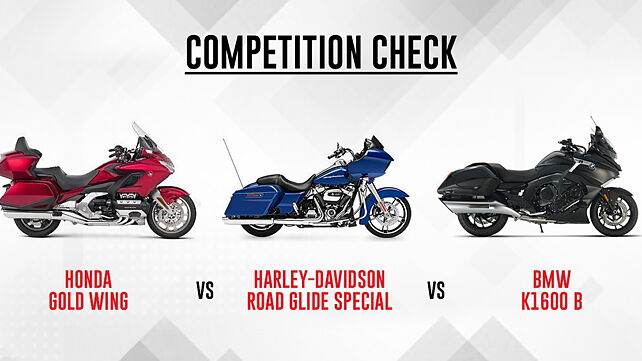
The Gold Wing has been comprehensively updated and it sports some of the finest technology that Honda has to offer. However, there still are options, and in one of our more interesting competition checks, we’ll have a battler of the giants in every single sense: a Japanese product against an American icon and German technology.
All three tourers here offer their distinct take on the same concept, and as such they also have a lot of overlap in their design and execution. They all have fairings attached to their body rather than the front end (meaning the headlamp doesn’t turn with the handlebar), they all offer audio systems with great connectivity options like Apple CarPlay (‘BikePlay’?), they all have hard cases for luggage, they all have electrically adjustable windscreens, LED lighting, and they all have cruise control; but how they approach other things like engine configuration is really very different.
First, the new kid on the block: the 2019 Honda Gold Wing has shed 40kg over the model it replaces, and has had a bunch of technology added to it. The engine remains a flat-six engine, which aids in lowering its centre of gravity. It is now a four-valve head, with its 1833cc pushing out 122bhp and 170bhp through a six-speed manual gearbox or a seven-speed dual-clutch automatic, although only the latter is available in the Indian market. Yes, the famed reverse gear is still available on the Gold Wing, as is a ‘crawl’ mode for the automatic, which makes it go along at 1.8kph, meaning you don’t have to be able to push the weight of farm animal at any point. The luggage space has gotten smaller, but it still remains comparable to the other two. It also offers a double wishbone front suspension which is unique on a production motorcycle.

The BMW K1600 B has a slightly smaller engine at 1649cc but with the same number of cylinders as the Gold Wing. However, it eschews the flat six configuration for a perfectly balanced straight-six motor. It produces 156bhp and 175Nm, and offers only a six-speed manual gearbox, although a quickshifter is standard. Electronic suspension helps control the squat and dive, and the handling is helped along by the lowest kerb weight of the three, at 336kg. The K1600 B is the sportiest of the three as well, being derived from the K 1600 GTL sport tourer.
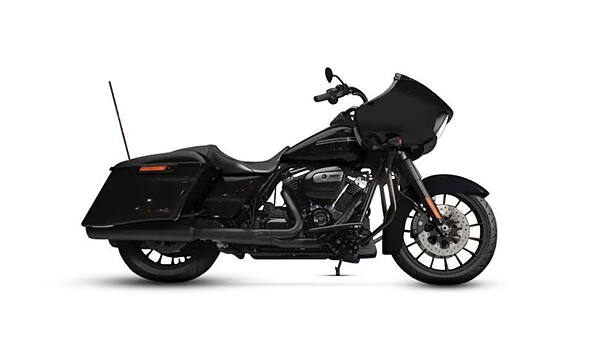
The Harley-Davidson is the heaviest motorcycle here, at 388kg. However, despite having similar displacement to the other two at 1745cc, it has only two cylinders and air cooling, which leaves it down on power and torque to the tune of 100bhp and 150Nm. There are some interesting features to the Milwaukee Eight engine – it has four valves per head, and the rear cylinder deactivates at idle to minimise heat from the seat. It has a manual six-speed gearbox but no quickshifter, so it is down on features here compared to the others here as well. The suspension is also a conventional setup with only preload adjustment for the rear shocks. The ‘Batwing’ fairing and loads of chrome manage to garner a lot of attention.
Of the three, the Harley-Davidson is the dearest and with the least features, at Rs 37 lakhs. The BMW is much better value at Rs 32.8 lakhs, and the Honda is incredible value at nearly Rs 31 lakhs for the automatic variant.

![Honda Goldwing [2018-2019] Image Honda Goldwing [2018-2019] Image](https://imgd.aeplcdn.com/272x153/bw/models/honda-gold-wing.jpg?20190103151915&q=80)
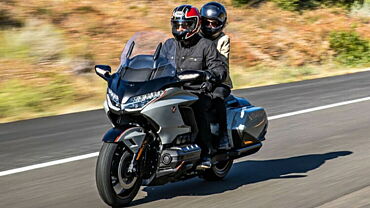
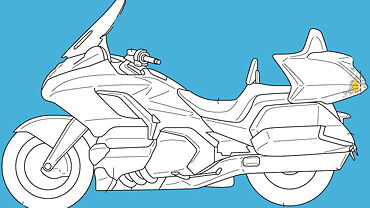
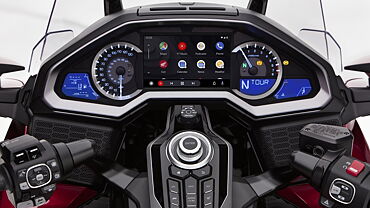
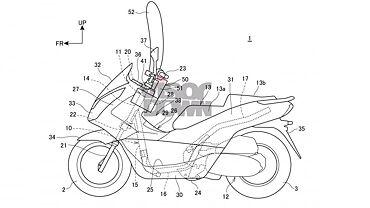
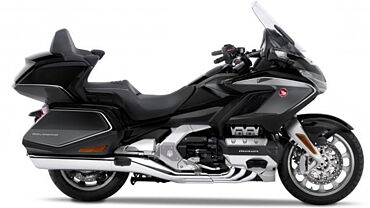

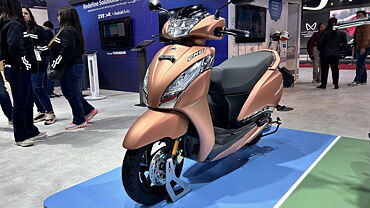
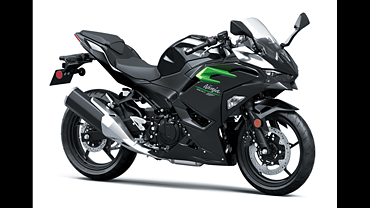
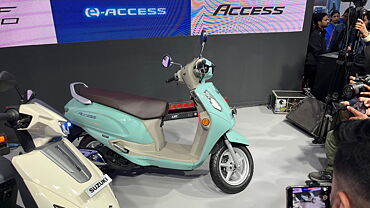
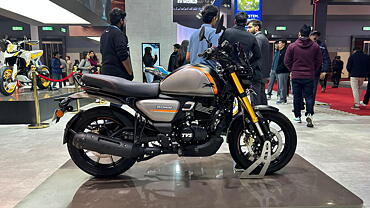

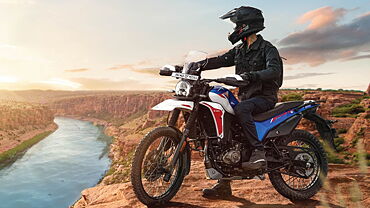
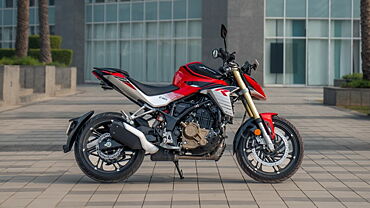

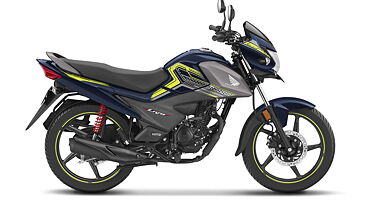

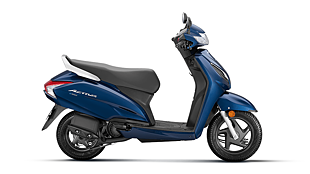





![KTM 390 Adventure X [2025] KTM 390 Adventure X [2025]](https://imgd.aeplcdn.com/272x153/n/cw/ec/190885/390-adventure-x-2025-right-side-view.jpeg?isig=0&q=80)